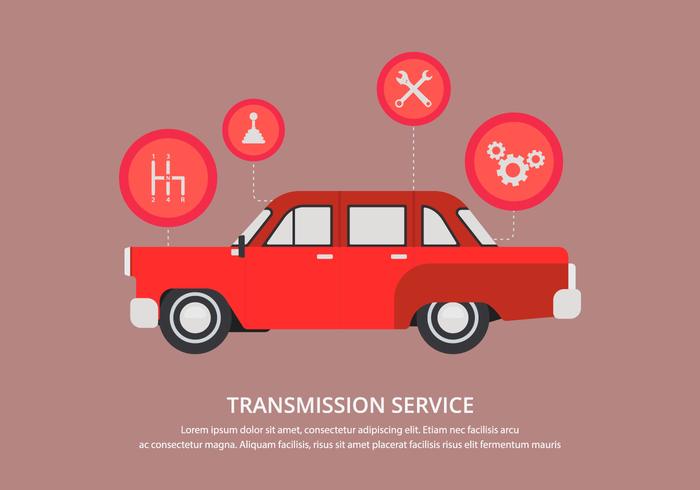Realizing The Significance Of Your Vehicle'S Warning Signals: What They Really Stand For
Realizing The Significance Of Your Vehicle'S Warning Signals: What They Really Stand For
Blog Article
Created By-Higgins Dalgaard
When you lag the wheel, those radiant caution lights on your dashboard can be a little bit bewildering. Do you recognize what they're attempting to tell you concerning your cars and truck's health and wellness? Understanding the relevance of these lights is essential for your security and the long life of your car. So, the next time among those lights pops up, wouldn't you intend to decipher its message accurately and take the necessary steps to address it?
Common Caution Lighting and Interpretations
Identify typical caution lights in your vehicle and recognize their meanings to make certain risk-free driving.
One of the most regular caution lights include the check engine light, which signifies issues with the engine or discharges system. If this light comes on, it's essential to have your lorry examined immediately.
The oil stress cautioning light shows reduced oil stress, needing immediate focus to prevent engine damages.
Read More On this page blinking battery light might suggest a malfunctioning billing system, potentially leaving you stranded otherwise addressed.
The tire stress tracking system (TPMS) light notifies you to reduced tire stress, influencing vehicle security and gas effectiveness. Overlooking this can bring about unsafe driving problems.
The ABS light suggests a problem with the anti-lock braking system, endangering your capability to stop swiftly in emergency situations.
Last but not least, the coolant temperature level cautioning light warns of engine getting too hot, which can lead to severe damage otherwise solved promptly.
Recognizing these usual caution lights will certainly help you resolve issues immediately and maintain risk-free driving problems.
Significance of Prompt Attention
Recognizing the typical warning lights in your auto is just the initial step; the value of immediately attending to these warnings can not be emphasized sufficient to ensure your safety and security when driving.
When a caution light illuminates on your dashboard, it's your vehicle's way of communicating a prospective problem that requires focus. Neglecting these warnings can bring about a lot more extreme issues down the road, jeopardizing your safety and security and possibly costing you much more out of commission.
Trigger attention to cautioning lights can protect against breakdowns and accidents. As an example, a flashing check engine light could suggest a misfire that, if left neglected, can cause damages to the catalytic converter. Resolving this quickly can save you from a pricey fixing.
In a similar way, a brake system alerting light could signify low brake fluid or used brake pads, critical parts for your security when driving.
DIY Troubleshooting Tips
If you notice a warning light on your dashboard, there are a couple of do it yourself repairing tips you can try before seeking specialist help.
car wash is to consult your automobile's manual to recognize what the certain warning light shows. Occasionally the concern can be as easy as a loose gas cap triggering the check engine light. Tightening the gas cap might solve the trouble.
An additional common problem is a reduced battery, which can set off numerous cautioning lights. Examining the battery links for rust and ensuring they're secure might fix the problem.
If a caution light lingers, you can attempt resetting it by detaching the automobile's battery for a few minutes and after that reconnecting it. Furthermore, checking your car's liquid degrees, such as oil, coolant, and brake liquid, can assist fix alerting lights associated with these systems.
boatdetailing
To conclude, understanding your automobile's warning lights is crucial for maintaining your car running efficiently and safely. By immediately attending to these notifies and understanding what they mean, you can stay clear of costly repair work and potential break downs.
Remember to consult your vehicle's manual for certain information on each alerting light and act appropriately to make sure a hassle-free driving experience.
Stay educated, remain secure when traveling!
